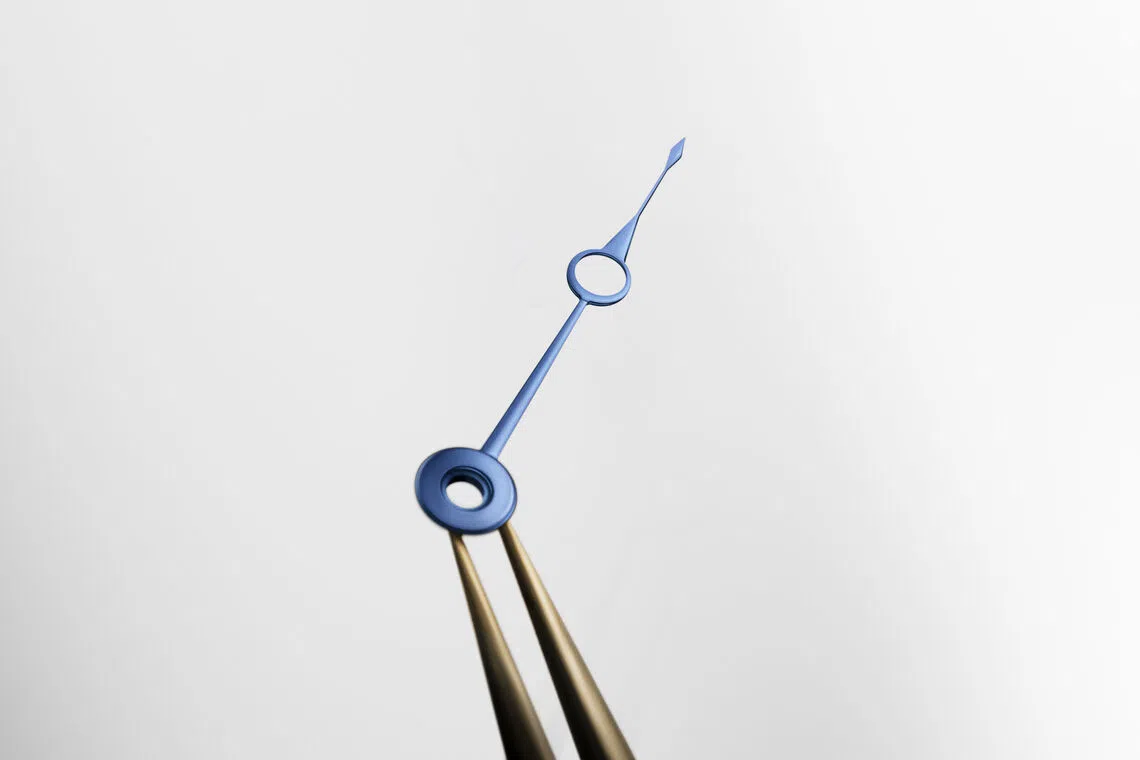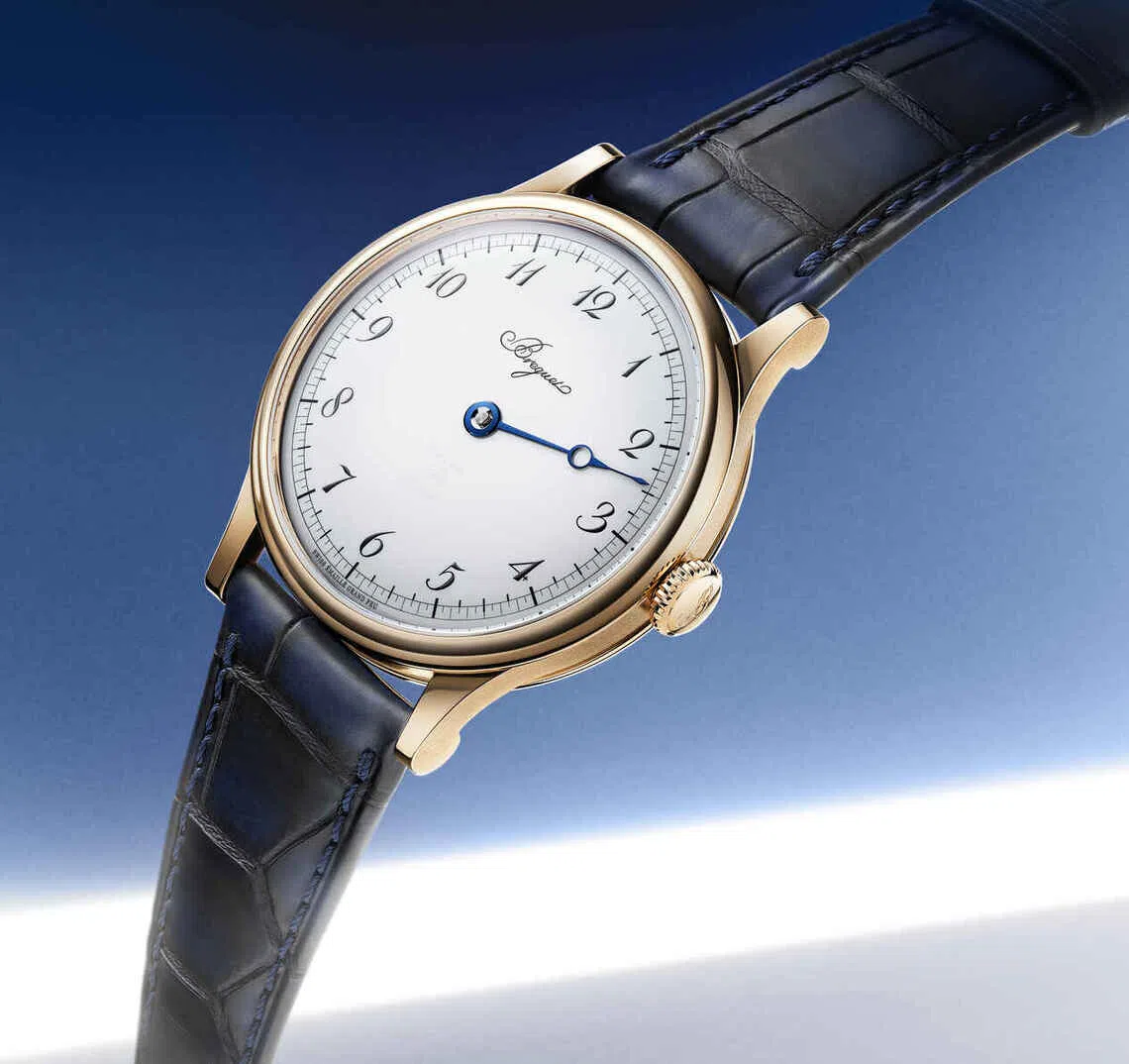A timeless legacy
More than just a watchmaker, Abraham-Louis Breguet was a pioneer whose inventions revolutionised timekeeping. His creations adorn the wrists of queens and emperors
APART from Breguet’s links to aviation in the 1950s, its remarkable history dates back to 1775, when Abraham-Louis Breguet completed his apprenticeship as a watchmaker in Versailles and Paris. He then opened his own workshop in the Ile de la Cite, Paris. Under the mentorship of Abbe Marie, he gained access to the French court, whose members were soon his clients.
During the upheaval of the Revolution, Breguet returned to Switzerland and took refuge in his homeland until 1795, and, despite the distance, he managed to continue overseeing his workshop. In 1796, he conceived the idea of a subscription watch that was relatively large, measuring 61 mm in diameter, with a single hand and an enamel dial.
These watches were sold on a subscription basis, requiring customers to pay a quarter of the price upfront. Known as “souscription” in the sales ledgers, these reliable and affordable watches were a great success. More than anything, they guaranteed sales. About 700 units were produced, available in either gold or silver cases.

The royal connection Breguet was also known for his links with royalty. For starters, his most famous client was Caroline Murat, queen of Naples and Napoleon’s youngest sister, who purchased 34 clocks and watches between 1808 and 1814. This close relationship with her inspired the creation of the first wristwatch.
In the summer of 1813, when the European crisis was at its height and the firm had lost many of its top clients, Caroline purchased 12 additional watches, providing a crucial financial boost to the company when it was most needed.
Another notable royal connection was with tsar Alexander I of Russia, who bought a “sympathique clock”. The story is an intriguing one. In 1814, a mysterious visitor arrived at the company’s premises on the Quai de l’Horloge. It was later confirmed that the visitor was the tsar, travelling incognito with a manservant.
A NEWSLETTER FOR YOU

Friday, 2 pm
Lifestyle
Our picks of the latest dining, travel and leisure options to treat yourself.
Family ledgers indicate that on that day, he purchased a repeating watch and another timepiece. According to family tradition, Breguet received his distinguished guest in his small first-floor office, where they enjoyed a long discussion about watchmaking, and then shared a modest meal.
This memorable encounter led to the tsar ordering a series of pedometers or metronomes used to measure military marching times, receiving eight such devices between 1820 and 1822. The tsar’s interest revived Russian sales, which had plummeted to almost nothing in 1813.

Over time, however, Breguet’s descendants gradually shifted their focus away from watchmaking toward fields such as electricity, scientific instruments, and eventually, aviation.
In 1870, Louis-Clement Breguet, representing the third generation, sold the watchmaking division of the company to his workshop manager, Edward Brown.
Recognising the historical importance of the Breguet name and heritage, the Brown family continued operating the company for a century. With perseverance and dedication, they maintained the brand’s traditions and activities despite numerous challenges, including economic crises and world wars.
In the 1970s, amid the rise of quartz watches, Breguet was acquired by the Chaumet brothers, heirs to a prestigious jewellery maison. After this, Breguet concentrated solely on high-end watchmaking, specialising in complex timepieces that revitalised its traditional style. Production was established in the Vallee de Joux in Switzerland.
In 1987, Breguet was bought by the financial firm Investcorp, which, benefiting from favourable economic conditions, enabled the brand to expand into new markets across Asia and North America. Finally, in 1999, Breguet became the 15th maison to join the Swatch Group, where it remains until today.
Copyright SPH Media. All rights reserved.
